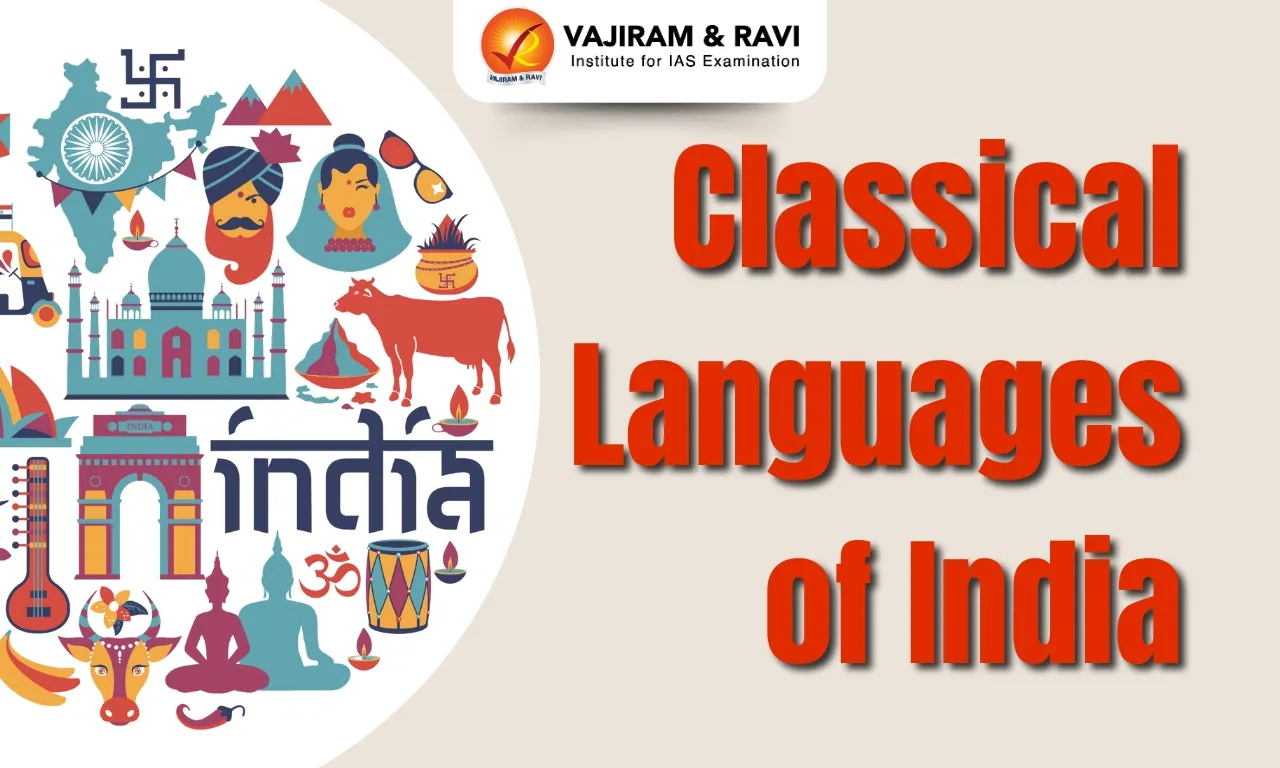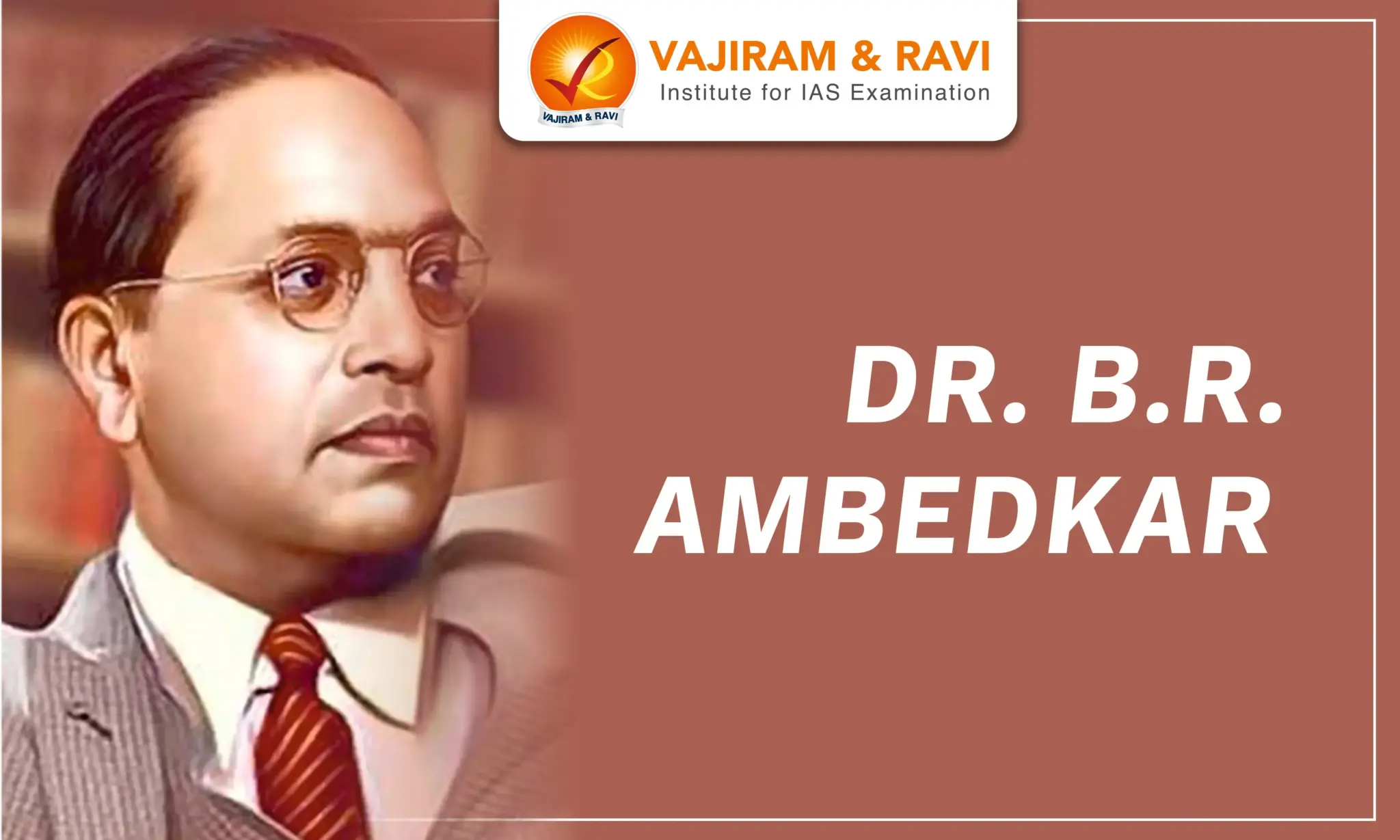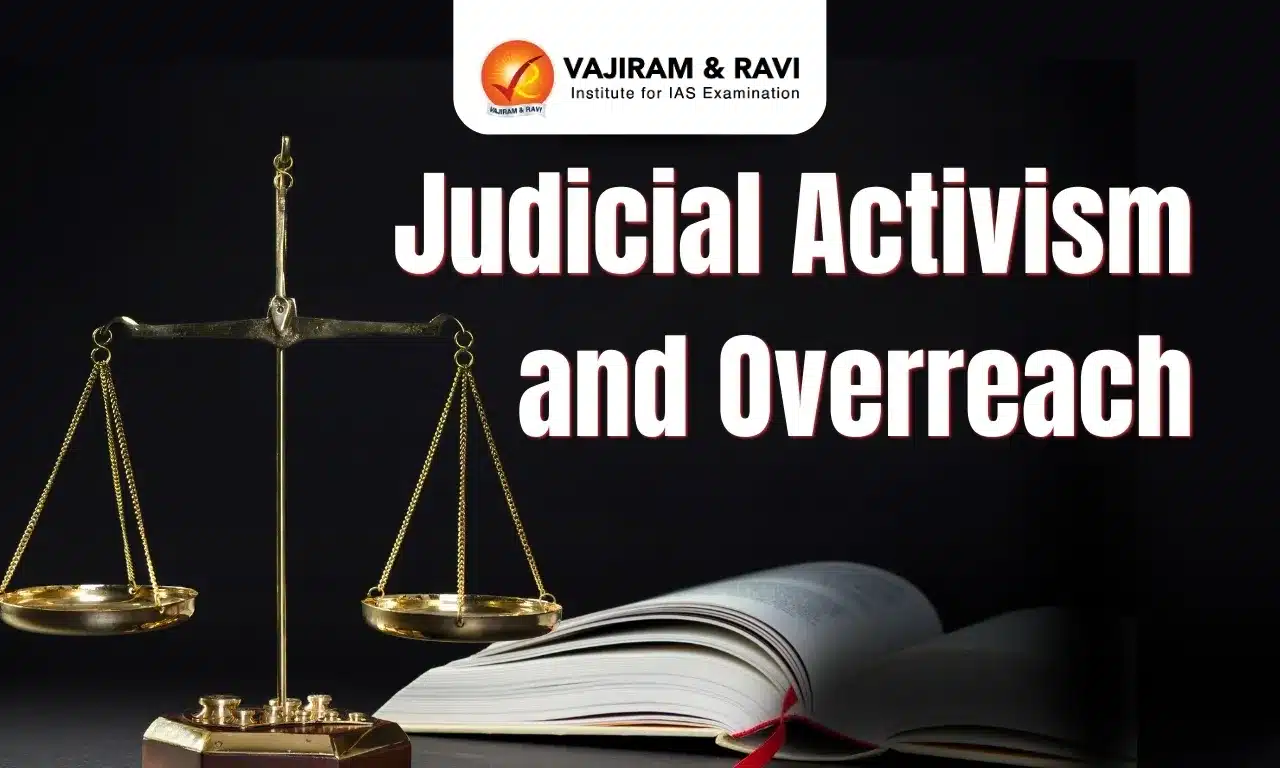Classical languages are ancient, independent traditions with rich ancient literature, influencing various literary styles, genres, and philosophical texts. In 2004, the Indian Government recognised languages meeting criteria like antiquity, literary richness, and distinctiveness as “Classical Languages”. Among Indian languages, currently, Tamil, Telugu, Sanskrit, Kannada, Malayalam, and Odia have been given the status of classical languages.
To preserve and promote these foundational pillars, the Indian Government has established the Center of Excellence for Studies in Classical Languages at the Central Institute of Indian Languages(CIIL), Mysore, under the Department of Higher Education. This initiative underscores the enduring relevance of classical languages in today's linguistic landscape, strengthening a deep appreciation for India's cultural and linguistic diversity.
Classical Languages of India
India has recognised six languages as 'Classical Languages' due to their rich literary and historical heritage dating back to ancient times. These languages are Tamil, Sanskrit, Telugu, Kannada, Malayalam, and Odia.
- The National Education Policy 2020 also mandates the preservation of works of literature in three additional languages: Pali, Persian (Farsi), and Prakrit, raising the total to nine classical languages.
| Language | Key description |
| Tamil (2004) |
- Script family: Tamil-Brahmi derivative - Literary history: Over 2000 years - Notable works: Tirukkural, Tolkappiyam, Ettuthogai, Pathirruppaththu, Pathinenkilkanakku, Silappathikaram, Manimegalai. - Influenced the evolution of other languages like Malayalam, Sinhala, and Southeast Asian languages. |
| Sanskrit (2005) |
- Script family: Brahmi derivative Devangari - Literary history: Over 3000 years - Notable works:Vedas, Upanishads, Puranas,Ramayana, Mahabharata, works on grammar, medicine, astronomy, yoga, dance, architecture, etc. - Influenced the evolution of Indo-Aryan languages like Hindi, Bangla, Marathi, etc. - Strong imprint on Indian philosophy and worldview, shaping Hinduism, Buddhism, and Jainism. |
| Kannada (2008) |
- Script used: Brahmi derivative - Literary history: Over 1500 years - Notable works: Vachana Sahitya, Basava Purana, Surya Siddhanta, Chavundaraya Purana, Kavirajamarga. - Influenced the development of other languages like Telugu, Konkani, and Tulu. |
| Telugu (2008) |
- Script used: Brahmi derivative - Literary history: Over 1000 years - Notable works: Telugu Bhagavatam, Ranganatha Ramayana, Andhra Mahabharatam, Vemana Satakam, Sumati Satakam, Panduranga Mahatyam, Narayana Rao Kathalu, Annamacharya Kirtanas, Andhra Shabda Chintamani. - Influenced the evolution of other languages like Kannada, Marathi, and Southeast Asian languages. |
| Malayalam (2013) |
- Script used: Brahmi derivative influenced by Grantha - Literary history: Over 1300 years - Notable works: Vazhappally Copper Plate Grant, Ramacharitam, Bhashakautaliyam, Lilatilakam, Manipravalam era literary works. - Modern Malayalam script evolved from Grantha and Kolezhuttu alphabets. |
| Odia (2014) |
- Script used: Brahmi derivative - Literary history: Over 1000 years - Notable works: Jajpur copper plate grant, Panchasakha writings (Bhagabata, Rukmini Bibha, Usabhilasa), palm leaf manuscripts. - Influenced by the Eastern Ganga dynasty rule. |
Criteria for Classical Language Status
The Ministry of Culture in 2014, laid down the following criteria for declaring a language as ‘Classical’ in India:
| Criteria | Description |
| Ancient History | - The language must have an ancient history and literary tradition over 1500-2000 years. |
| Large Body of Literature | - It must have a large body of ancient texts and literature appreciated even today. |
| Distinguished Literary Heritage | - The language must have a distinguished literary heritage not derived from another language. |
| Discontinuity | - There may be a discontinuity between the classical language and its later forms or its offshoots, given that the classical language and literature are distinct from modern. |
Benefits of Classical Status
The languages declared as ‘classical’ receive several benefits from the government to promote them further such as:
- Two international awards are instituted annually for scholars who have made exemplary research contributions, teaching or promoting the classical languages of India. This honours their service to preserving heritage.
- A Centre of Excellence is established by the Government to stimulate advanced research specifically focused on each of the classical languages declared. This powers further literary and linguistic study.
- The University Grants Commission(UGC) sponsors the creation of Professional Chairs related to the classical languages of India in central universities and research institutions. This enables focused teaching and research capacity building.
Classical Languages of India UPSC PYQs
Question 1: Which one of the following was given classical language status recently? (UPSC Prelims 2015)
- Odia
- Konkani
- Bhojpuri
- Assamese
Answer: (a)
Question 2: Consider the following languages: (UPSC Prelims 2014)
- Gujarati
- Kannada
- Telugu
Which of the above has/have been declared as ‘classical language/languages’ by the Government?
- 1 and 2 only
- 3 only
- 2 and 3 only
- 1, 2 and 3
Answer: (c)
Last updated on November, 2025
→ Check out the latest UPSC Syllabus 2026 here.
→ Join Vajiram & Ravi’s Interview Guidance Programme for expert help to crack your final UPSC stage.
→ UPSC Mains Result 2025 is now out.
→ UPSC Notification 2026 is scheduled to be released on January 14, 2026.
→ UPSC Calendar 2026 is released on 15th May, 2025.
→ The UPSC Vacancy 2025 were released 1129, out of which 979 were for UPSC CSE and remaining 150 are for UPSC IFoS.
→ UPSC Prelims 2026 will be conducted on 24th May, 2026 & UPSC Mains 2026 will be conducted on 21st August 2026.
→ The UPSC Selection Process is of 3 stages-Prelims, Mains and Interview.
→ UPSC Result 2024 is released with latest UPSC Marksheet 2024. Check Now!
→ UPSC Prelims Result 2025 is out now for the CSE held on 25 May 2025.
→ UPSC Toppers List 2024 is released now. Shakti Dubey is UPSC AIR 1 2024 Topper.
→ UPSC Prelims Question Paper 2025 and Unofficial Prelims Answer Key 2025 are available now.
→ UPSC Mains Question Paper 2025 is out for Essay, GS 1, 2, 3 & GS 4.
→ UPSC Mains Indian Language Question Paper 2025 is now out.
→ UPSC Mains Optional Question Paper 2025 is now out.
→ Also check Best IAS Coaching in Delhi
Classical Languages of India 2024
Q1. Which languages have been given classical language status in India?+
Q2. What are the benefits of classical language status?+
Q3. Which was the first language declared classical in India?+
Q4. Which classical language has influenced the Indonesian and Malaysian scripts?+

















